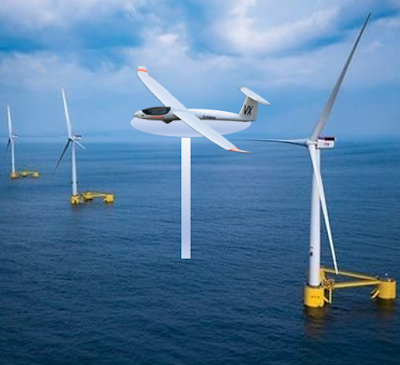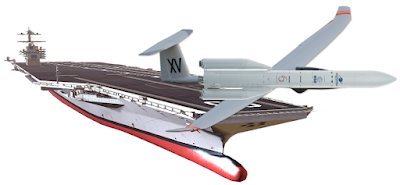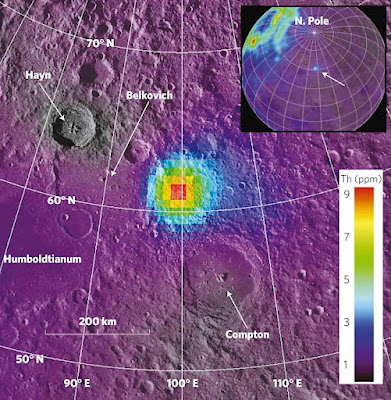There are different trajectories for space rockets to accomplish different tasks. Deploying satellites to Low Earth Orbit is the easiest and we see weekly launches to that orbit. Geostationary Orbits are harder to achieve and mainly utilized by TV broadcasting satellites. Much harder are the lunar and planetary trajectories.
Here are some values for Falcon 9, showing the cost of reusing a rocket as reduced payload.
Maximum payload to LEO when expended is 22,800 kg (rocket used once) and 17,500 kg when landing on drone ship (first stage recovered, second stage used once).
Maximum payload to GTO (used to transfer GEO satellites) when expanded is 8,300 kg (rocket used once), when landing on drone ship is 5,500 kg (first stage recovered, second stage used once) and when landing at launch site is 3,500 kg (first stage recovered, second stage used once).
Maximum payload to Mars is 4,020 kg (rocket used once)
As seen from the figures, the potential payload lost due to reusing the first stage is quite high for GTO launches and the rockets are used once for more distant missions.
Falcon 9 first stage with no propellent is 22,200 kg and 433,100 kg with propellent. The second stage with no propellent is 4,000 kg and 111,500 kg with propellent. As you can see, the weight of the rocket is much smaller compared to the total propellent weight. This ratio gets even better for bigger rockets.
If we want to explore the moon and beyond, we should develop cheaper (while they will be used once) and bigger rockets (cost per kg payload decreases). Therefore, usage of stainless steel casing and liquid methane as fuel are logical choices. At the end of the day a rocket is just a large container of rocket propellent with a tiny payload.








.png)
























